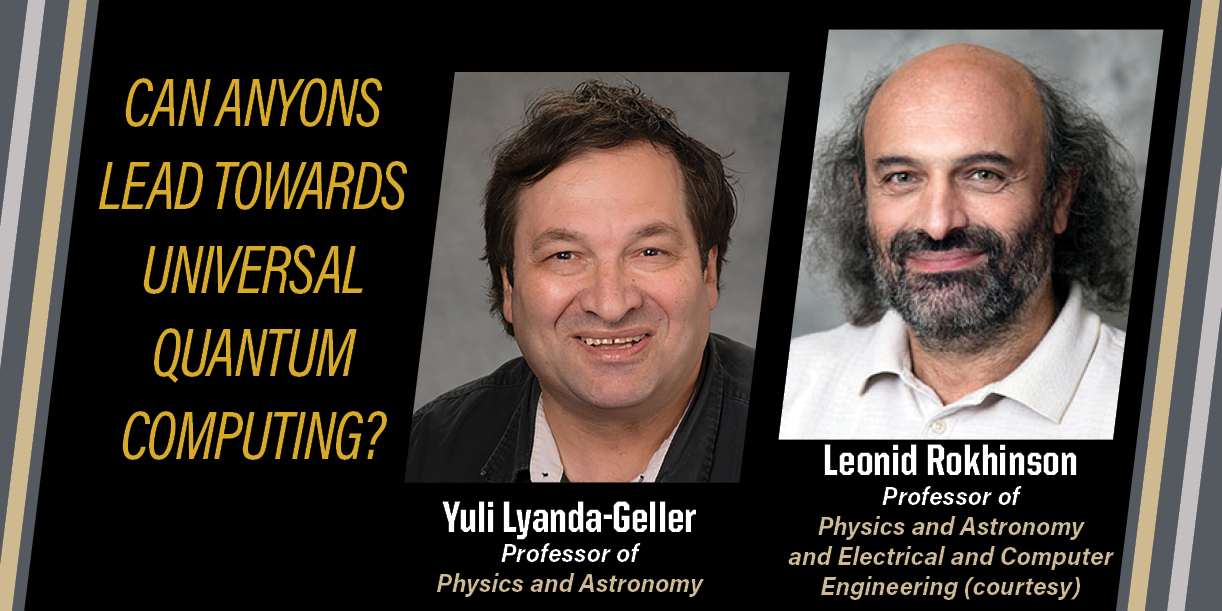The Hunt for non-Abelian quasiparticles can possibly lead to Fibonacci anyons allowing universal quantum computing
2021-11-10

One of the most intriguing and crucial problems in recent physics is whether topology will revolutionize the physics of information. The traditional approach to quantum computing relies on quantum coherence of condensed matter quasiparticles defining quantum bits, known as qubits, which is affected by interactions of qubit quasiparticles with the surrounding world.
An idea emerged to construct qubits in a way that their functioning would depend on global topological properties rather than on local fields, in much the same way as we discern similarities in properties of a coffee cup with a handle and a bagel, each of which has a single hole. If it is only the existence of a single hole that matters for device functioning, then configurations of local fields does not matter, and qubit quasiparticles will be coherent irrespective of the dynamics of local fields.
A recent publication in Nature Communications, titled “Transport in helical Luttinger liquids in the fractional quantum Hall regime,” confirmed the idea that the boundary between polarized and unpolarized phases hosts counter-propagating modes with opposite spin-polarization. Passing electric currents can lead to nuclear spin pumping that can control the mixture of these modes.
Two Purdue University Physics and Astronomy professors, Dr. Yuli Lyanda-Geller, who led the theoretical research, and Dr. Leonid Rokhinson, who led the experimental research, and their teams at Purdue University plan to expand on this publication with subsequent work which could lead to advances in quantum computing.
“The next step is achieving superconducting proximity effect in the area at the boundary between two phases, and engineering parafermions,” says Lyanda-Geller. “The hunt for non-Abelian quasiparticles now extends to high order non-Abelian excitations - parafermions, which would allow to perform more quantum gates and are immune to poisoning. Two-dimensional array of parafermions can possibly lead to Fibonacci anyons allowing universal quantum computing.”
Funding for this work was provided for experimental, theoretical components and for growth of materials and structures. The experimental part of the work is supported by NSF award DMR-1836758 (Leonid P. Rokhinson). Theoretical work is supported by the US Department of Energy, Office of Basic Energy Sciences, Division of Materials Sciences and Engineering under Award DE-SC0010544 (Yuli Lyanda-Geller). Heterostructures development and growth is funded in part by the Gordon and Betty Moore Foundation’s EPiQS Initiative, Grant GBMF9615 (to Loren Pfeiffer) and by the NSF MRSEC grant DMR-1420541.
Source: Yuli Lyanda-Geller, Professor of Physics and Astronomy
Writer: Cheryl Pierce